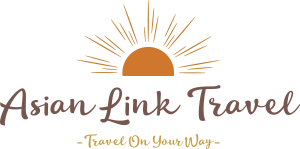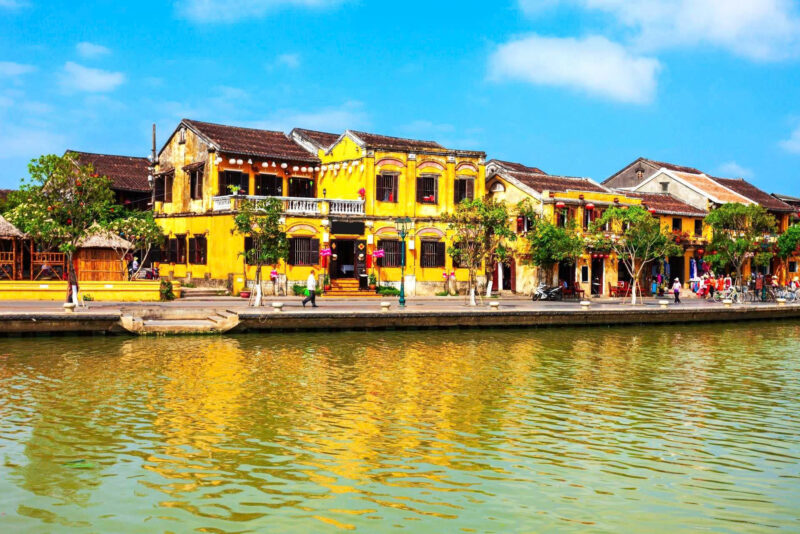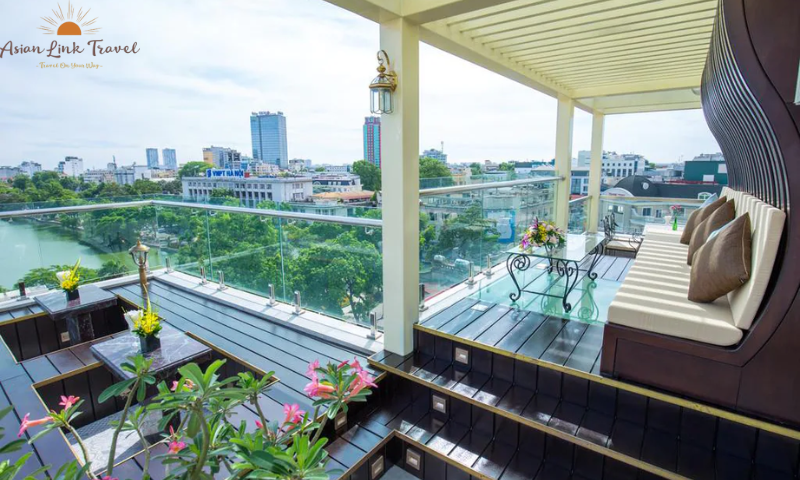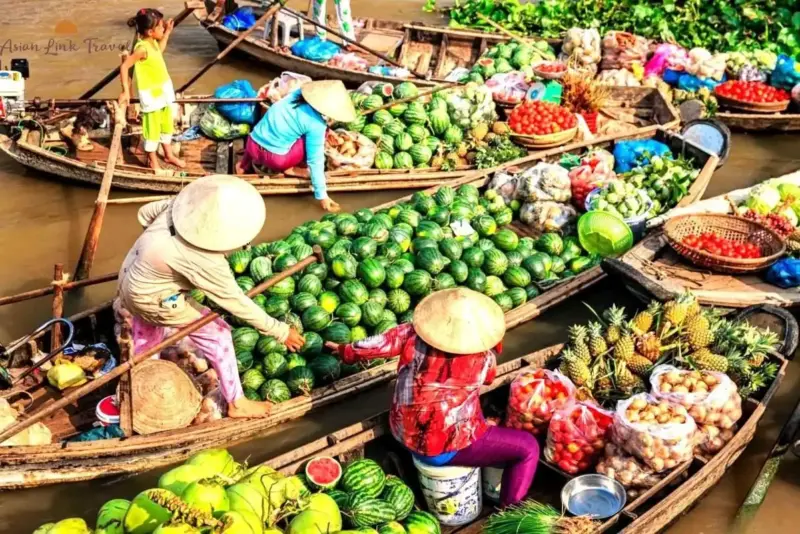Sapo…..
Explore the Magic of the Mekong Delta in Vietnam
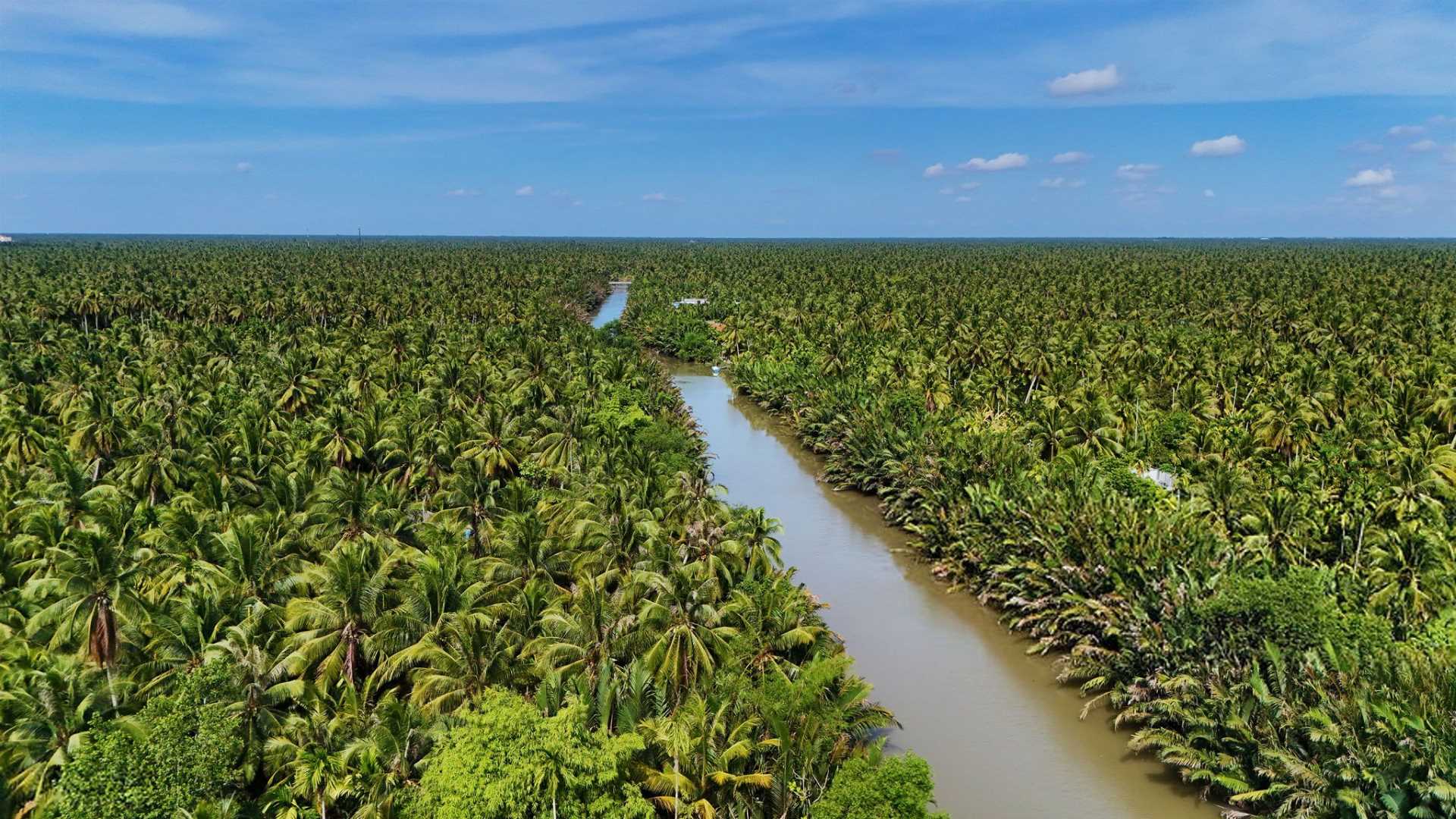
Welcome to one of Southeast Asia’s most captivating destinations – the Mekong Delta in Vietnam. This vast, fertile region offers a unique glimpse into traditional riverine life, where water is more than just a resource – it’s the heartbeat of daily existence. With winding rivers, bustling floating markets, lush rice paddies, and charming villages, the Mekong Delta is a place where culture, history, and nature come together to offer unforgettable experiences.
Introduction to the Mekong Delta in Vietnam
The Mekong Delta in Vietnam is often described as the “Rice Bowl of Vietnam” due to its vital role in the country’s agriculture. This delta region, located in southern Vietnam, spans an area of over 40,000 square kilometers. It is a maze of rivers, swamps, and islands, where boats, houses, and markets float upon the water.
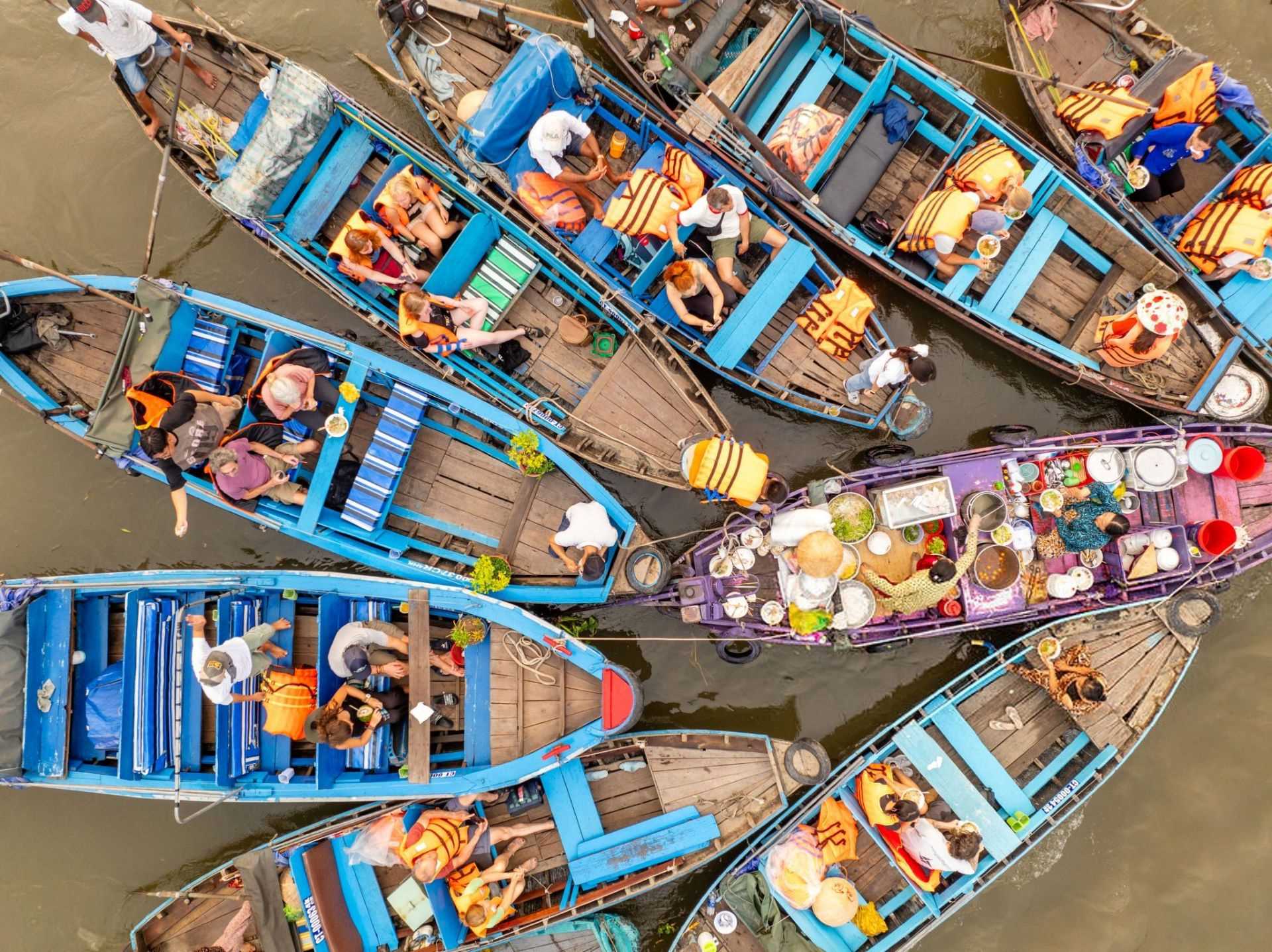
People in the Mekong Delta lead a lifestyle that has remained largely unchanged for generations. Daily life revolves around the ebb and flow of the rivers. Visitors can expect to encounter a deeply rooted culture that embraces simplicity, resilience, and warmth.
Why Visit the Mekong Delta?
The Mekong Delta in Vietnam offers something for every traveler. Nature lovers will appreciate the biodiversity and scenic beauty. History buffs will enjoy the ancient temples and colonial landmarks. Foodies can indulge in fresh, flavorful Southern Vietnamese cuisine. And anyone seeking authentic experiences will find joy in interacting with locals and exploring off-the-beaten-path villages.
This region is not just a destination; it’s a journey into the heart of Vietnam. Every turn of the river reveals new sights: children splashing near stilt houses, vendors rowing boats filled with tropical fruits, and farmers tending to vibrant rice fields.
Geography and Natural Beauty
Stretching from just south of Ho Chi Minh City to the Gulf of Thailand, the Mekong Delta is where the Mekong River, after traveling thousands of kilometers from Tibet, finally meets the sea. This alluvial region is crisscrossed by nine major tributaries, giving rise to its Vietnamese nickname, “Nine Dragon River Delta.”
The landscape is incredibly diverse, with everything from mangrove forests and floating gardens to sugar cane fields and lotus ponds. This natural beauty makes the Mekong Delta in Vietnam a paradise for photographers and explorers alike.
Best Time to Visit the Delta
The Mekong Delta has a tropical climate with two main seasons: dry and rainy. The dry season, from December to April, is generally considered the best time to visit due to pleasant temperatures and lower humidity.
However, the rainy season from May to November has its own charm. The water levels rise, allowing boats to navigate deeper into the countryside. The landscape becomes lush and green, and the floating markets are particularly active during this time.
Floating Markets and River Life
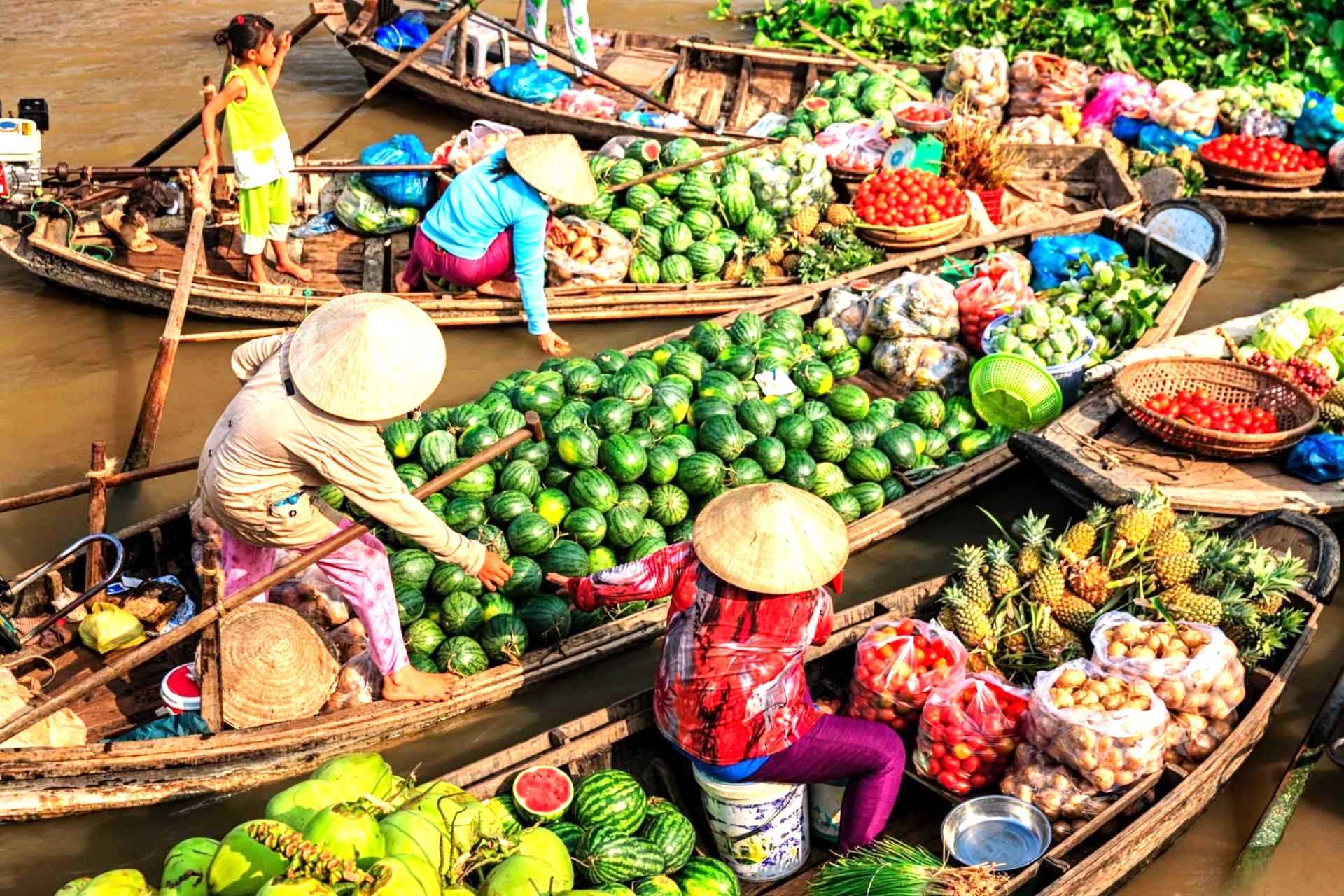
No visit to the Mekong Delta in Vietnam is complete without experiencing its iconic floating markets. These vibrant hubs of commerce are where locals sell and trade produce directly from their boats. It’s a fascinating tradition that offers insight into the region’s economy and social fabric.
Cai Rang, near Can Tho, is the largest and most famous floating market. Other notable ones include Phong Dien, Nga Nam, and Long Xuyen. Visiting these markets early in the morning provides the most authentic experience, complete with steaming bowls of noodle soup and colorful fruit displays.
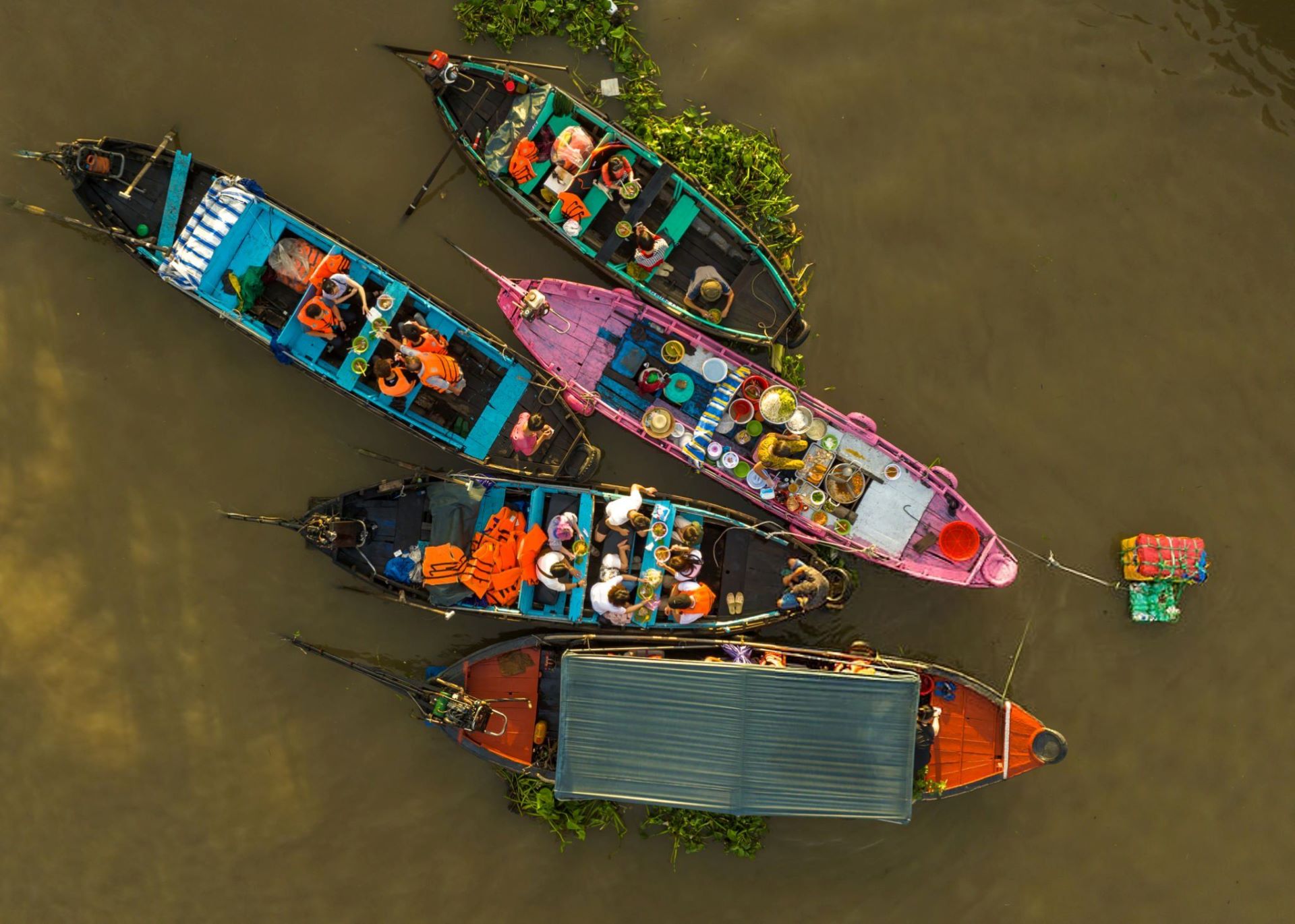
Beyond the markets, river life includes boat making, fish farming, and rice transportation. Villagers often rely on narrow sampans to navigate the waterways, while children paddle to school or play along the riverbanks.
Top Destinations in the Mekong Delta
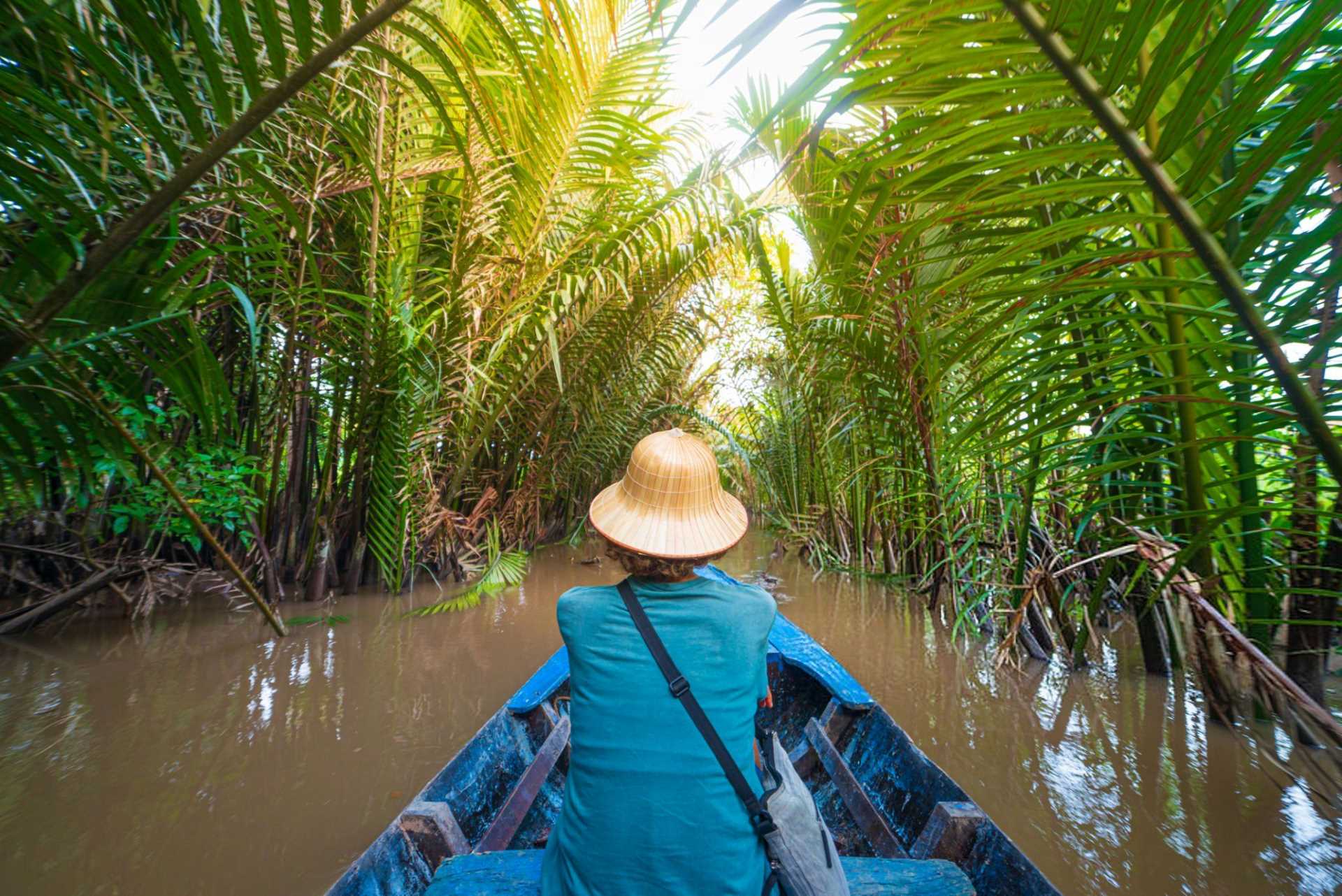
- Can Tho: The largest city in the delta, known for its bustling markets, delicious street food, and cultural landmarks.
- Ben Tre: Often called the land of coconuts, this tranquil province is ideal for boat trips, cycling tours, and coconut candy factories.
- Vinh Long: Offers homestays and orchard visits. A great place to see traditional brick kilns and rural workshops.
- Chau Doc: Near the Cambodian border, this town is rich in cultural diversity and spiritual sites, including the famous Ba Chua Xu Temple.
- My Tho: One of the closest delta cities to Ho Chi Minh City, My Tho is a popular starting point for day trips featuring river cruises and island visits.
Cultural Experiences Worth Exploring
The Mekong Delta is home to a variety of ethnic groups, including the Kinh, Khmer, Chinese, and Cham communities. Each group contributes its unique traditions, architecture, and festivals to the cultural tapestry of the region.
Highlights include attending a Southern Vietnamese folk music performance (Don Ca Tai Tu), visiting centuries-old pagodas, or participating in seasonal festivals such as the Ok Om Bok Festival of the Khmer people.
Homestays are another enriching way to experience delta culture. Staying with a local family allows visitors to learn about farming techniques, cook traditional dishes, and gain firsthand insight into daily life.
Food and Culinary Traditions
The cuisine of the Mekong Delta in Vietnam is renowned for its freshness and abundance. Thanks to the fertile soil and extensive waterways, ingredients like fish, shrimp, duck, and tropical fruits are readily available.
Signature dishes include:
- Hu Tieu: A clear noodle soup with pork and shrimp, often served at floating markets.
- Banh Xeo: Crispy rice flour pancakes filled with bean sprouts, pork, and shrimp.
- Ca Kho To: Caramelized catfish cooked in clay pots.
- Goi Cuon: Fresh spring rolls packed with herbs and vermicelli noodles.
- Che: A sweet dessert soup made with beans, coconut milk, and jelly.
Cooking classes are available in many areas, giving travelers the opportunity to learn and enjoy local culinary secrets.
Unique Flora and Fauna of the Region
The Mekong Delta is a haven for biodiversity. Its wetlands and mangroves are home to over 1,000 animal species and countless plant varieties. Birdwatchers can spot rare species such as the sarus crane and painted stork in sanctuaries like Tra Su Cajuput Forest or Gao Giong Bird Park.
Aquatic life thrives here, including freshwater fish, crustaceans, and river dolphins. Lotus and water lilies bloom across the fields, while coconut palms and durian trees dominate the landscape.
Eco-tours and conservation visits are becoming increasingly popular for those interested in sustainable travel.
Day Trips from Ho Chi Minh City
Many travelers opt for a day trip from Ho Chi Minh City to the Mekong Delta in Vietnam. Destinations like My Tho and Ben Tre can be reached in about two hours by car. Typical tours include:
- River cruises on wooden sampans
- Visits to coconut candy or rice paper workshops
- Stops at tropical fruit orchards
- Performances of local music and dance
For a deeper experience, overnight or multi-day tours allow for more immersive cultural interactions and exploration of lesser-known areas.
How to Get Around the Mekong Delta
Transportation in the Mekong Delta includes:
- Boats: The most authentic way to explore. Longtail boats and sampans are commonly used.
- Motorbikes: Ideal for venturing through the countryside and villages.
- Buses: Connect major towns and cities, though routes can be slow.
- Private tours: Convenient for those who prefer guided experiences with local insights.
English may not be widely spoken in rural areas, so having a guide or translation app can be helpful.
Sustainable and Responsible Travel Tips
As tourism grows in the Mekong Delta in Vietnam, it’s important to travel responsibly:
- Support local businesses and homestays
- Minimize plastic use and dispose of waste properly
- Respect local customs and dress modestly in temples
- Choose eco-friendly tours that prioritize environmental conservation
Your presence should contribute positively to the local communities and environment.
Final Reflections on the Mekong Delta in Vietnam
The Mekong Delta in Vietnam is more than just a scenic region – it’s a living tapestry of history, culture, and nature. Every winding canal, floating boat, and welcoming smile adds to its charm. Whether you’re drifting down a quiet river or sharing a homemade meal in a stilt house, the memories you make here will linger long after your journey ends.
This extraordinary region invites you to slow down, to connect, and to discover a Vietnam that exists beyond the cities. Come and explore the Mekong Delta, and let its timeless rhythm wash over you.
